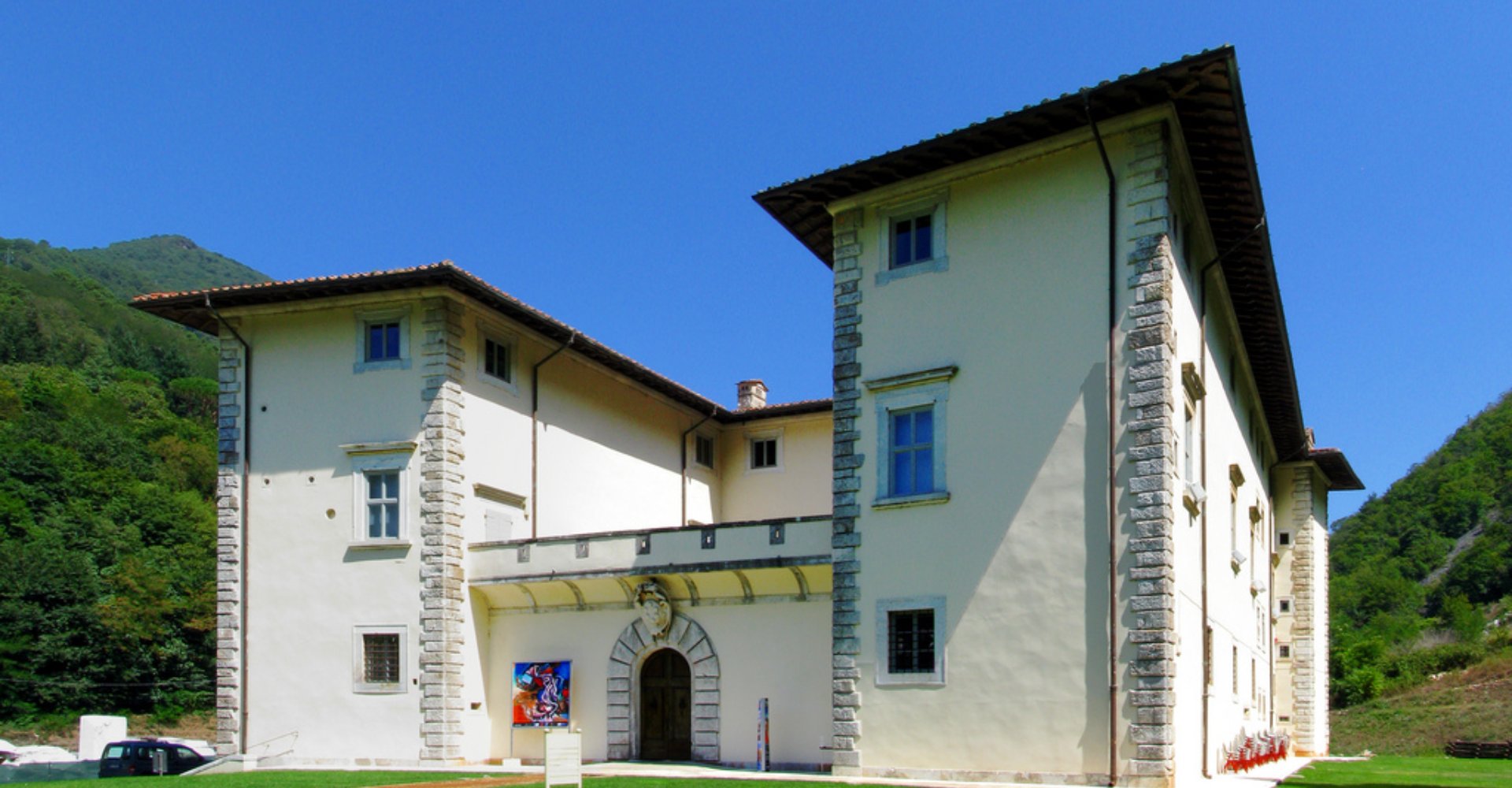Seravezza attracts tourists thanks to its surrounding woodland and its strategic position, making it the real entryway to the Apuan Alps Park (on the Versilia side). Marked by the merging of the Serra and Vezza torrents, the town features the very spot in which the Versilia River is formed. The town centre is a delightful area for strolling around, with the scenery highlighted by imposing mountains and tangled woods stretching throughout Versilia.
Never lacking in historic flair, the old city centre once hosted members of the Medici family, Cosimo I and his successors Francesco I and Ferdinand I.
The monument of greatest impact is undoubtedly the splendid Palazzo Mediceo, built at the request of Cosimo I De 'Medici and a UNESCO World Heritage Site. The building was completed in 1565, and is now the seat of the Museum of Labor and Popular Traditions of Historical Versilia, exhibiting the typical productive activities of the territory in the Medici era.
And that’s not all: art-history lovers of every kind should check out Michelangelo’s favorite marble quarries, the spots responsible for providing marble blocks for many of his works. Though no longer active, the quarries are open to visitors.
Trekking lovers can venture along the path that leads from Seravezza to Monte Folgorito. Here, you can see the remains of the military posts and trenches of the Gothic Line, part of the German fortification system built during the Second World War.
